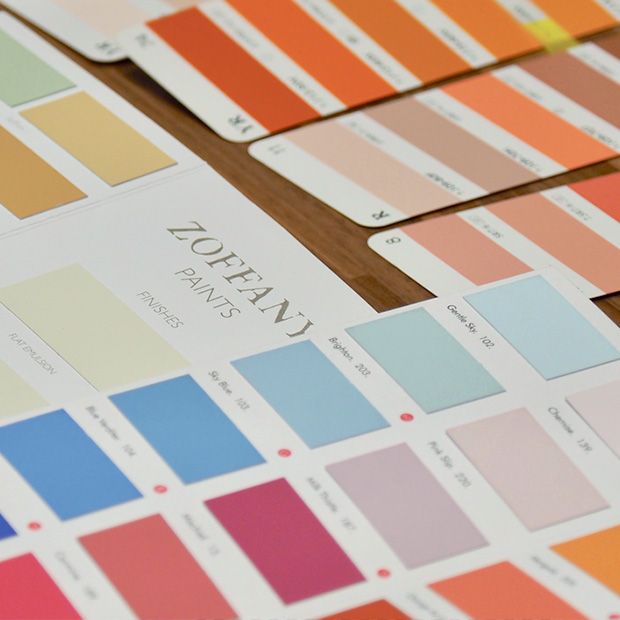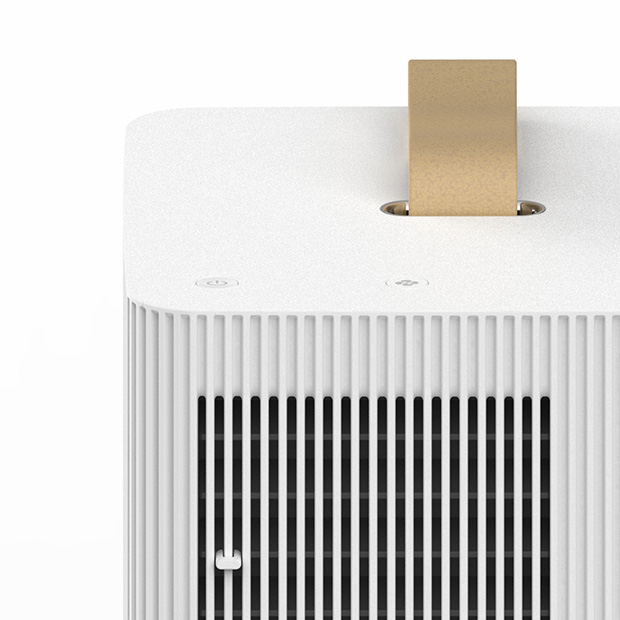Today, I am in charge of the development of premium air conditioners for residential use in India, a completely different market from Japan in terms of environment, culture, and values.
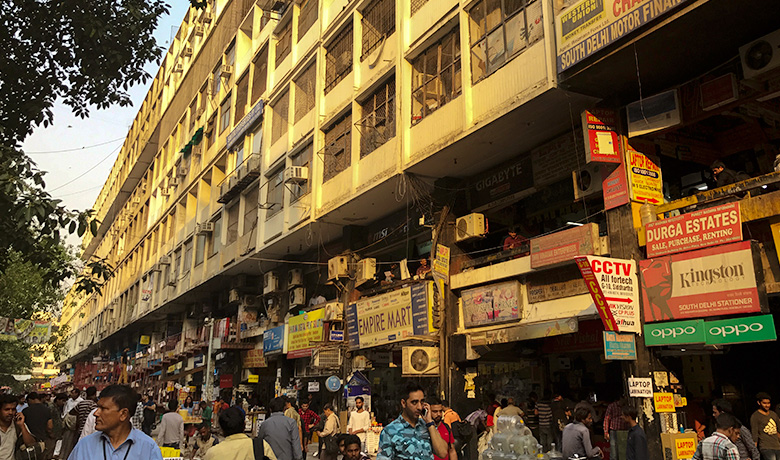
India has a hot, harsh climate where if you leave a suitcase in the trunk of a car, the plastic parts will melt. On top of this severe natural environment, rapid urbanization is playing a role, increasing the number of people dying from heat stroke every year, which is yet another social issue to contend with. Air conditioners are life-supporting equipment in India and thus can be an indispensable lifeline along with water and electricity.
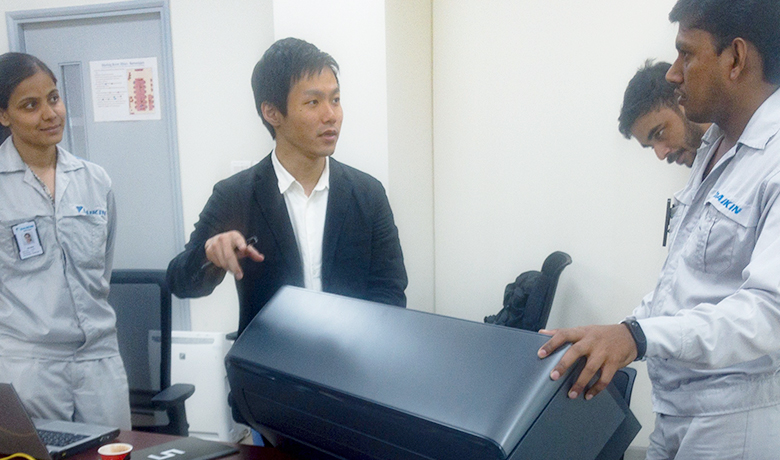
What Air Conditioner Design Is Suitable for India?
Stand-alone wall-mounted air conditioners are more common in India than systematic air conditioners built into walls and ceilings. In addition to the economic benefit of installing multiple units, the time taken for replacement upon equipment failure can take a heavy toll on living and lives in the harsh environment.
As such, in recent years cheaper wall-mounted air conditioners started to saturate the market from Indian and foreign manufacturers.
Nevertheless, the proliferation of cheaper wall-mounted air conditioners caused new problems, such as regional energy shortages, increasing complexity in air-conditioning control for entire houses, and space constraints due to multiple outdoor units being installed.
When considering an air conditioner design suitable for India, not only do we think about the product itself, including shape and texture, we also take into account the environment and market that they are intended for as key elements.
That's where systematic air conditioners, generally used in shops and buildings in Japan, come into play. We set out to develop a premium air conditioner that matches the Indian usage environment as a reliable, high-grade piece of equipment.
As our first step in this attempt, we designed a wall-mounted air-conditioning system and are currently working on its final refinement with local engineers for commercial production.

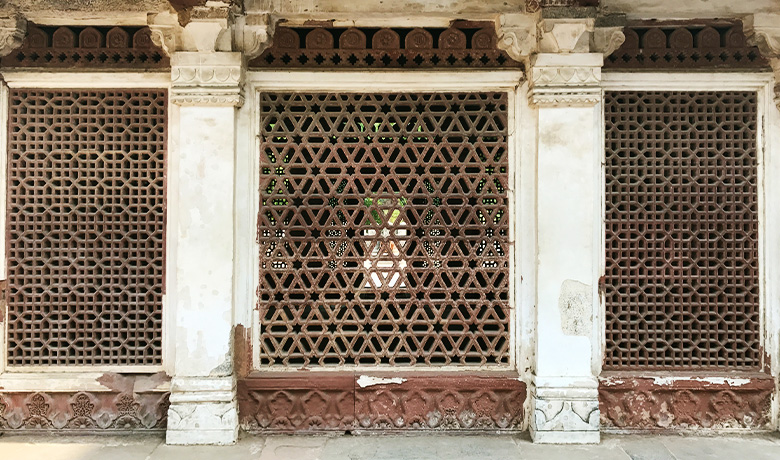
The Need for Air in Daily Life
When we started this development, we needed to learn about the circumstances surrounding the air in India. While holding in-depth discussions with local engineers and marketing staff, we also paid visits to various places to observe the environment first-hand, including conducting air conditioner installation surveys.
During our stay in India, we encountered different aspects of the Indian atmosphere other than heat. For example, air pollution is so severe that dust, at times, is visible in the air, and haze can even blot out sunlight on a sunny day. In the dry, desert areas in the suburbs, clouds of sand rise up with every step, and the doorsteps and windows of houses are constantly covered with sand.
While the environment is unimaginably different from Japan, you can see that traditional housing is designed to fit the Indian climate. Construction of stone and dirt withstands heat and dryness, with walls that disperse indoor heat by taking in natural breezes. Through such design, we can see that the wisdom of living in the tough climate has been passed down to this day in people's daily lives.
However, rapid modernization and economic growth centering around urban areas have led to more construction with concrete and glass, creating spaces that are not necessarily filled with the appropriate air. The current state of increased needs for air can be observed in the lives of the Indian people.

Delivering Air That Connects the Environment with a Life Style
Through my work in India, I realized that differences in environments are not just hot and cold, but also are perceivable from the lives led in that area. Environmental differences affect the way of living and form charming landscapes and customs.
I feel that I have gained insight into actualizing Daikin's design philosophy of "making the invisible air beloved" by coming face-to-face with the environment of that land and exploring the intentions that create a certain space.
Approaching from the perspective of air―something that exists everywhere―I would like to continue exploring lifestyles that are refined through the beauty of life styles rooted in that land.











